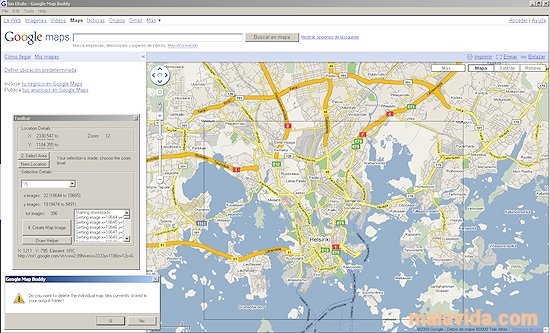

How Long Does it Take to Drive the Golden Circle? In the north of Iceland you can also find the Diamond Circle, another circular driving route which visits a number of popular attractions. The name is also a clever bit of marketing as it sounds pretty cool. The circle part of the name is simply down to the route that you follow being roughly circular. Gullfoss means Golden Falls in Icelandic. The Golden Circle gets its name from Gullfoss, one of the major waterfalls on the route. We definitely recommend the Golden Circle to anyone visiting Iceland. The popularity is largely down to the easy accessibility of the route from the capital, and the fact that many of Iceland’s top attractions can be found along the route. Often, instead of returning to the city, travellers continue along the south coast and then on around Iceland’s Ring Road. The route is popular, either as a day trip from the city, or as a precursor to exploring Iceland’s south coast.

The Golden Circle is a circular route in southern Iceland that stretches for around 300 km / 186 miles and starts and ends in Reykjavik. Other Attractions On or Near the Golden Circle.Highlights of the Golden Circle in Iceland.Can I do the Golden Circle as a Day Tour from Reykjavik?.How Long Does it Take to Drive the Golden Circle?.This, no doubt, will only increase tourism and culture in the area. In 2018, the town announced that it was creating a new town centre, in which it would have reconstructions from historical buildings all around the country. Sports are very popular in the town, most notably football, basketball and handball, largely due to the student population. The town also has the Bobby Fischer Centre, a museum on the life of chess champion his grave is located nearby. Every year it has the Sumar á Selfossi festival, which translates to Summer in Selfoss, which includes a fete, musical performers, and an evening bonfire. Selfoss is a cultural hub in the southwest. The same geological forces that threaten the town, however, also provide opportunity for it, as the activity in the area means that the greenhouse industry has flourished. In 2008, an earthquake struck the town, damaging roads and buildings, killing a number of sheep, and injuring 30 people. More recently, it has become seen as a desirable place to move for those who want to escape the stresses of city living or raise a family closer to the nature. Its exponential growth over the next decades came from the rise in trade due to the bridge, and the establishment of a large dairy farm and local store which needed employees.

The town was small at the beginning of the 20th Century with just around 40 inhabitants. This bridge was so important to the country’s infrastructure and economy that is was guarded by British troops in World War Two, after the Allies invaded Iceland following the fall of its colonial ruler, Denmark, to the Nazis. More commerce came to the region in 1891, when a suspension bridge was built over the river Olfusa, connecting the agricultural south to the capital. However, it was not permanently settled, according to the Book of Settlements, until just after 1000 AD.īeing inland, Selfoss was an agricultural centre, at a time when most economic centres were the fishing towns (the coastline is 15 kilometres, or nine miles, away). Records of the lands near Selfoss date back to the first man to permanently move to Iceland, Ingólfur Arnarson it was said he spent the winter of 873 to 874 AD here, beneath the mountain that overlooks the town, Ingólfsfjall.


 0 kommentar(er)
0 kommentar(er)
